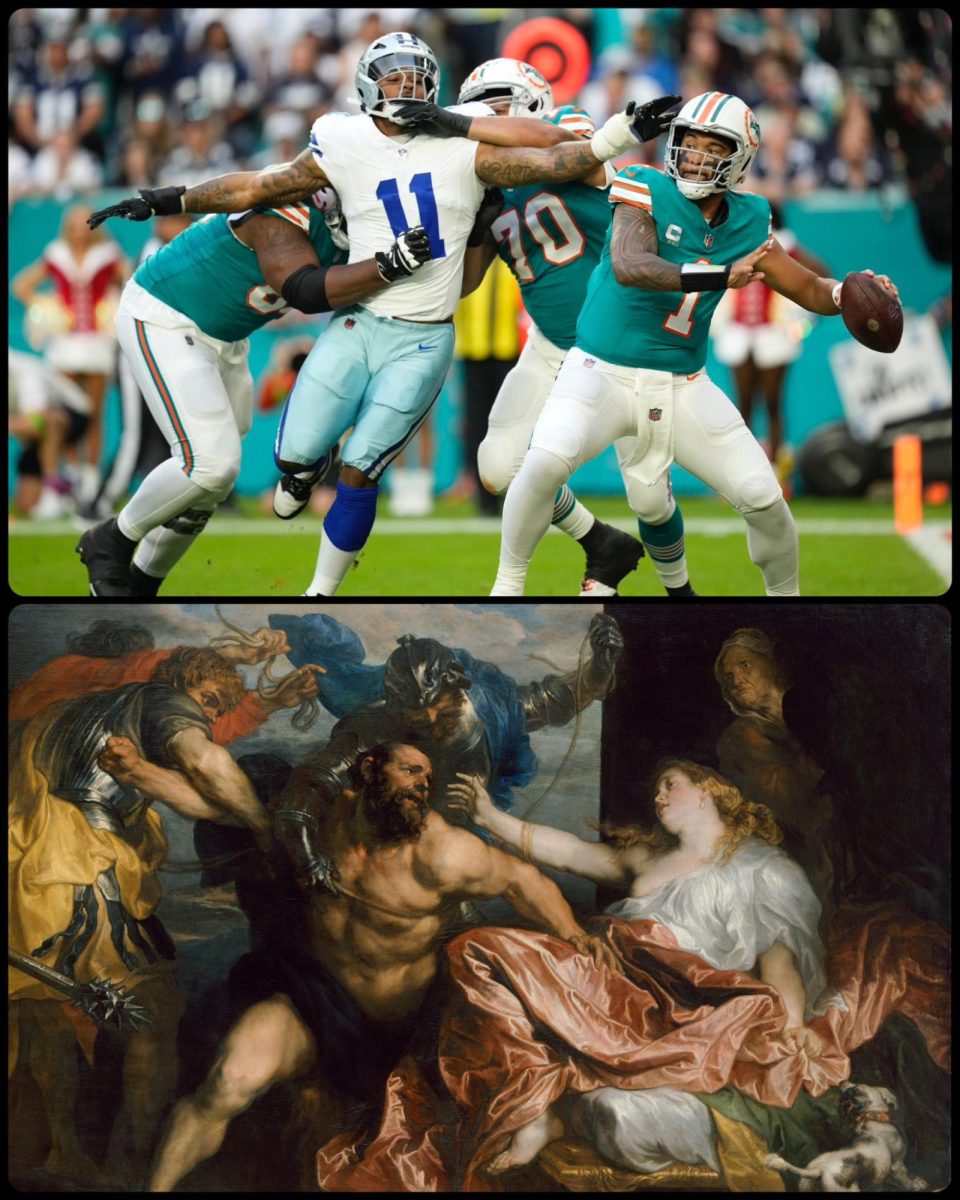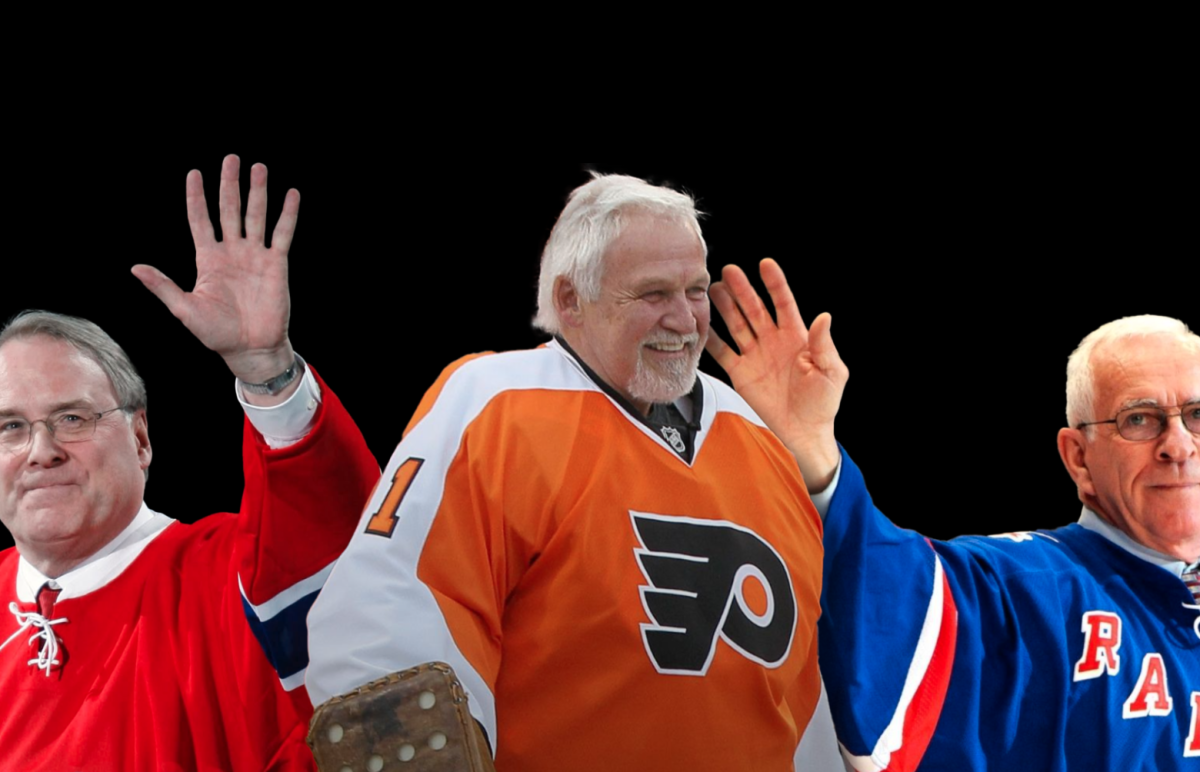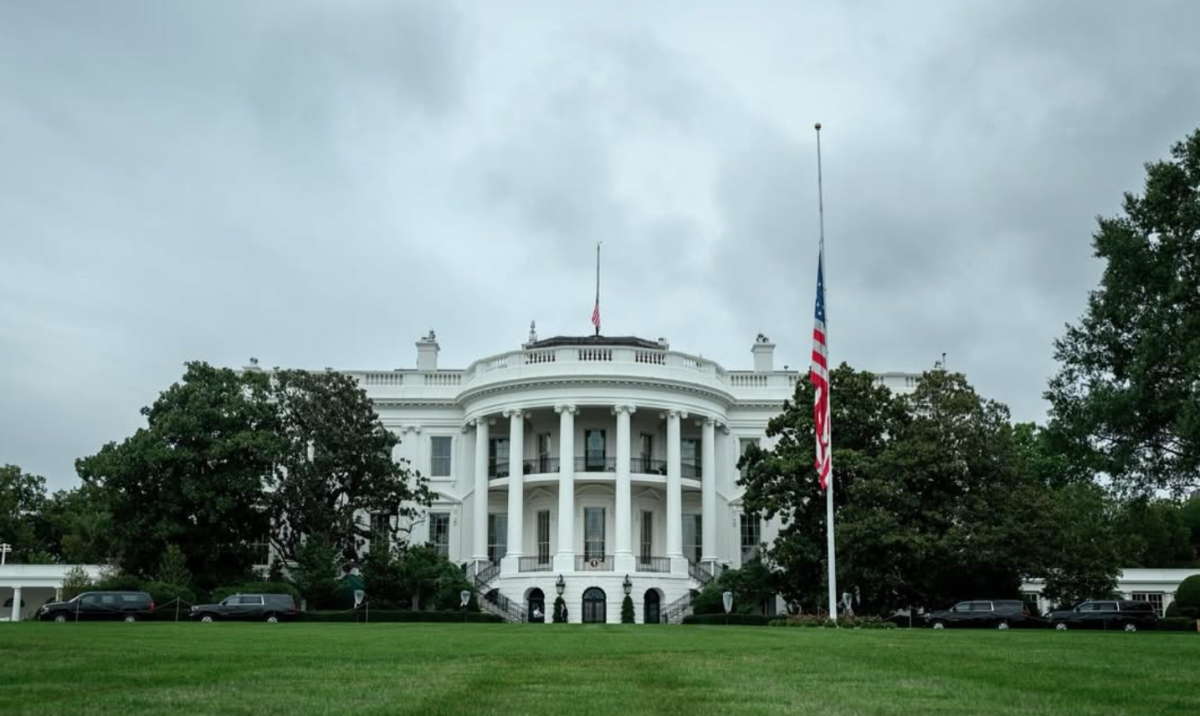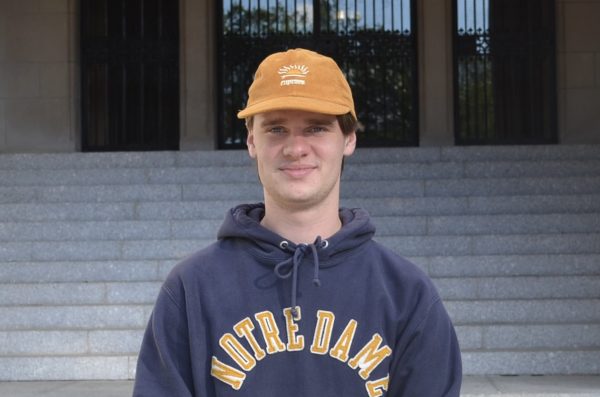Art has sadly lost all its social capital. Crowds simply no longer flock to the halls of salons to see the most recent masterpieces, and the days of crowding under café awnings to discuss the validity of a newcomer’s radical style have seemingly come and gone. Even the very idea of an “art of our time” has been condemned to the deep recesses of contemporary social consciousness, with any debates about what sort of works best embody the current zeitgeist having died out and disappeared long ago.
However, despite all this, the very basic tenets, ideas and roles of art have not totally evaporated into the cold and unforgiving air of obscurity. Instead, they have rather managed to persist, finding a surprising new medium through which they can continue to live: sports. While this may seem like a radical and rather “out there” idea, I would like to suggest that the world of sports, despite being ostensibly rough and low-brow in nature, and therefore seemingly far removed from the “high culture” that art supposedly is, has effectively filled the hole left by the fall of art, doing everything it once did and potentially more. In essence, sports, like art once was, has become the world’s primary source of popular narratives, social critique and cultural heroes.
Looking at the first of these ideas, the visual arts once served a quasi-literary function, often presenting viewers with larger-than-life narratives they could get emotionally invested and lost in: the sprawling history paintings of Jacques-Louis David invited onlookers into drama-filled moments of pregnant tension; the flowing and ephemeral landscapes of J.M.W. Turner threw individuals directly into the throes of struggles between man and the extremes of nature; and the formally radical works of Gustave Moreau beckoned their viewers into fantastical tales pulled straight from a young child’s imagination. In short, the visual arts worked to provide narratives that so often transcended the banality and mundanity that define our lives.
However, it is actually the world of sports that has begun to act as the primary source of these escapist tales, with millions, if not billions, of people tuning in every day to games that ultimately function as dramatic narratives: stories full of herculean triumph and devastating loss, heroes and villains of the highest order and something wholly ineffable that causes one to get lost in something more profound. We have effectively replaced canvases and sculptures full of myths and moments of historical import with fourth and goal snaps from the one-yard line, potential game-winning kicks that seem to cascade through the air forever and playoff games ripe with such hatred and emotion that they seem more like a war between two feuding cities. In essence, the emotion and beauty of the stories of the sports world now give us what art once did: something wholly engaging to get lost in.
Art, in its heyday, was also not only just a vessel for escapism, but it additionally acted as a site of social critique. For instance, the colorful and flat paintings of Faith Ringold acted as spaces reserved for meditations on the Black experience in America; the pieces of melancholic sublimity ushered into existence by the brush of Caspar David Friedrich functioned as commentaries on the loss of religion amidst modernity; and the gritty photos of Nakahira Takuma were meant to actively peel back the so-called “detritus” of modernity.
Sports have once again taken up this torch in art’s steed, with athletes turning those fields, courts, diamonds and tracks they compete upon into spaces where social commentary flourishes. Most notably, athletes have chosen to kneel during pregame national anthems in order to level critiques on the prevalence of certain oppressive hegemonic structures; whole teams have forfeited games against the national teams of countries whose governments have acted in morally reprehensible manners; and players have worn clothing that bore radical, politically-charged messaging. Thus, like artists did with their creative expressions, athletes have turned their manners of participation into acts of damning social critique.
Finally, art, prior to its recent fall, was also once the wellspring from which the world garnered its heroes. It was through perusing the walls of the Louvre that society came to pedestalize the transcendent brilliance of Théodore Géricault; it was the monuments along the eternal streets of Paris that taught the masses to worship the greatness of Auguste Rodin; and the decrepit billboards and walls of New York City were those means by which society became enamored with the striking minimalism of Keith Haring.
Once again, the world of sports has taken over this role, filling the void left by art and becoming the fount of our contemporary cultural heroes — those Bernabéu nights taught everyone Cristiano Ronaldo’s name; a short nine-second sprint made a few Jamaican men immortal in popular culture; and decades of utter domination rendered the Williams sisters totally ubiquitous.
Having said all this, it certainly seems that, for better or for worse, this is the cultural space that we irrevocably exist in now, the brush and chisel having been replaced by the racquet and ball. What remains to be seen, however, is if sports will transform and evolve like art did when it was atop the social food chain. Will we end up seeing more radical means of self-expression in sports as time wears on? Should we expect new sports to eventually emerge as people begin to find the current ones unexciting? Only time will tell, but if the present moment shows us anything, it’s that the sporting world’s emulation of the world of visual arts is deep.








































































































































































































